Thresher Shark
Thresher sharks, with their enormously extended tail fins, are unmistakable predators of most temperate ocean areas.
View 4 listings
4
listings
–
price starting from
1
countries
–
to the nearest trip
Where and When?
Common threshers have a circum-global distribution in sub- tropical waters and, in the western Atlantic Ocean are found from Newfoundland to Cuba and Venezuela to Argentina. In the eastern Atlantic they are caught from UK waters to Ghana and from Angola to South Africa. Bigeye threshers are also found around the world in similar temperate and subtropical waters. Pelagic threshers are to be found in the Indian and Pacific Oceans, mostly offshore and in deep waters.
Most recreational fishing is directed at the common thresher, while the other species are more often caught as a bycatch. Smaller common threshers often come close inshorename and can, seasonally, provide excellent sport at places such as southern California. Larger specimens usually move offshore and stay in deeper water. The large eyes of thresher sharks assist them in locating prey in poor light conditions and the bigeye is a specialist at feeding in deep, dark waters. Fishing is usually carried out in daylight, but the time of year is important as all species undergo migrations related to growth, feeding or spawning. Fishing, especially in cooler areas and for smaller threshers, is usually best from spring into summer, while in winter there is not so much thresher activity, especially close to shore.
About Thresher Shark
There are three species of thresher sharks - the common thresher (Alopias vulpinus), the bigeye thresher (A. supercilliosus) and the pelagic thresher (A. pelagicus). All thresher sharks are fairly short-bodied, robust sharks with blunt heads, smallish mouths and the top lobe of the caudal (tail) fin elongated to about the same length as their entire body. They all also have many extremely sharp, but relatively small, teeth. The common thresher is a deep, metallic violet to purplish brown above and creamy white below, while the other species are quite similar in colour. The bigeye has distinctive, very large, eyes and the pelagic has a dark colour at the base of the pectoral fin.
The common thresher is, by far, the largest, attaining a length of 6.1 m. (20 ft.) and mass of 510 kg. (1 120 lbs.). The bigeye is smaller, reaching 4 m. (13.4 ft.) and 160 kg. while the pelagic is smallest at 3 m. (9.8 ft.) and about 70 kg. (154 lbs.). All thresher sharks eat bony fish, mostly mackerel and sardine, that they often stun with their specialized caudal fin before engulfing. All species are reported to be highly migratory, especially in colder waters.
How to Catch?
Thresher sharks are reported to be among the strongest and most exciting fighting sharks. This makes them a prime target for anglers in many areas, with a great number of charter boats offering great opportunities to catch them. In some areas excellent thresher shark fishing can be carried out from shores, cliffs, piers and jetties, but mostly it’s done from boats. As nearly all their natural foods are bony fish, this, or imitations of this, are usually the best baits. Many people favour trolling or drifting live baits - the favoured bait species being mackerel or sardines. Dead baits are possibly easier to use and can be effective, but, whatever bait is used, most people recommend using medium sized circle hooks for ease of removal and increasing the chances of the fish surviving capture.
Foul hooking thresher sharks, usually in their tails, is a common problem as the shark usually uses its tail to stun potential food. This has created a ”snag and drag” method of thresher fishing where an artificial lure is trolled and the shark is often foul hooked when it tries to “kill” the bait. Threshers have an excellent reputation for giving a really powerful and exciting fight, often including multiple leaps high out of the water.
Listing Types
Similar Species
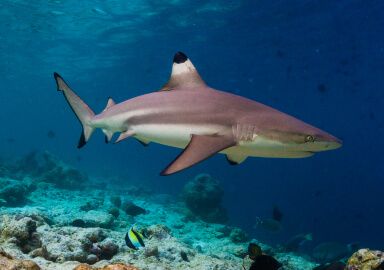 Blacktip Shark
20 offers
Blacktip Shark
20 offers
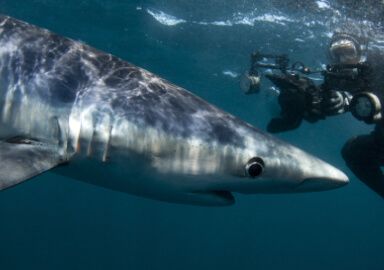 Blue Shark
8 offers
Blue Shark
8 offers
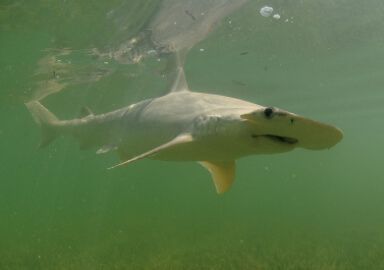 Bonnethead Shark
7 offers
Bonnethead Shark
7 offers
 Bull Shark
12 offers
Bull Shark
12 offers
 Great White Shark
1 offer
Great White Shark
1 offer
 Greenland Shark
1 offer
Greenland Shark
1 offer
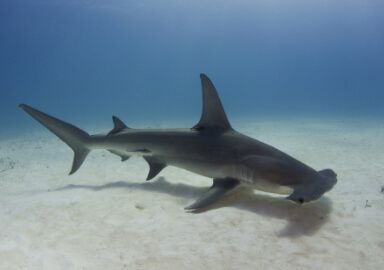 Hammerhead Shark
8 offers
Hammerhead Shark
8 offers
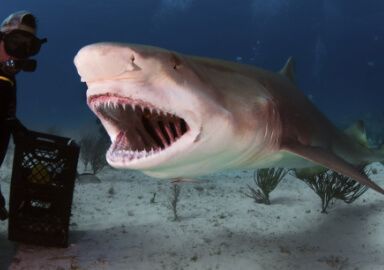 Lemon Shark
3 offers
Lemon Shark
3 offers
 Leopard Shark
1 offer
Leopard Shark
1 offer
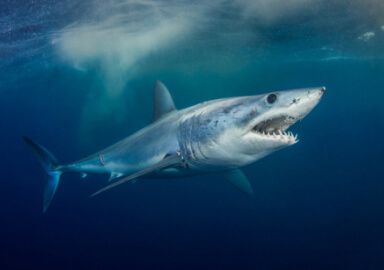 Mako Shark
27 offers
Mako Shark
27 offers
 Porbeagle Shark
2 offers
Porbeagle Shark
2 offers
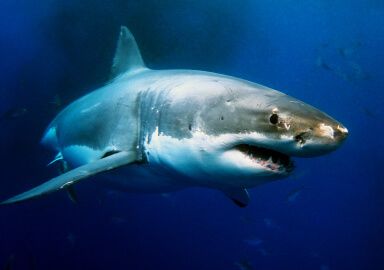 Shark
132 offers
Shark
132 offers
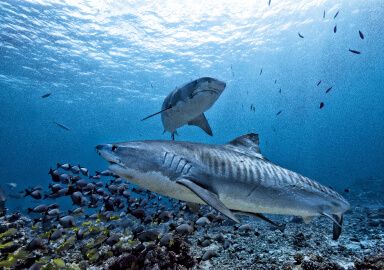 Tiger Shark
10 offers
Tiger Shark
10 offers
 Tope Shark
2 offers
Tope Shark
2 offers







